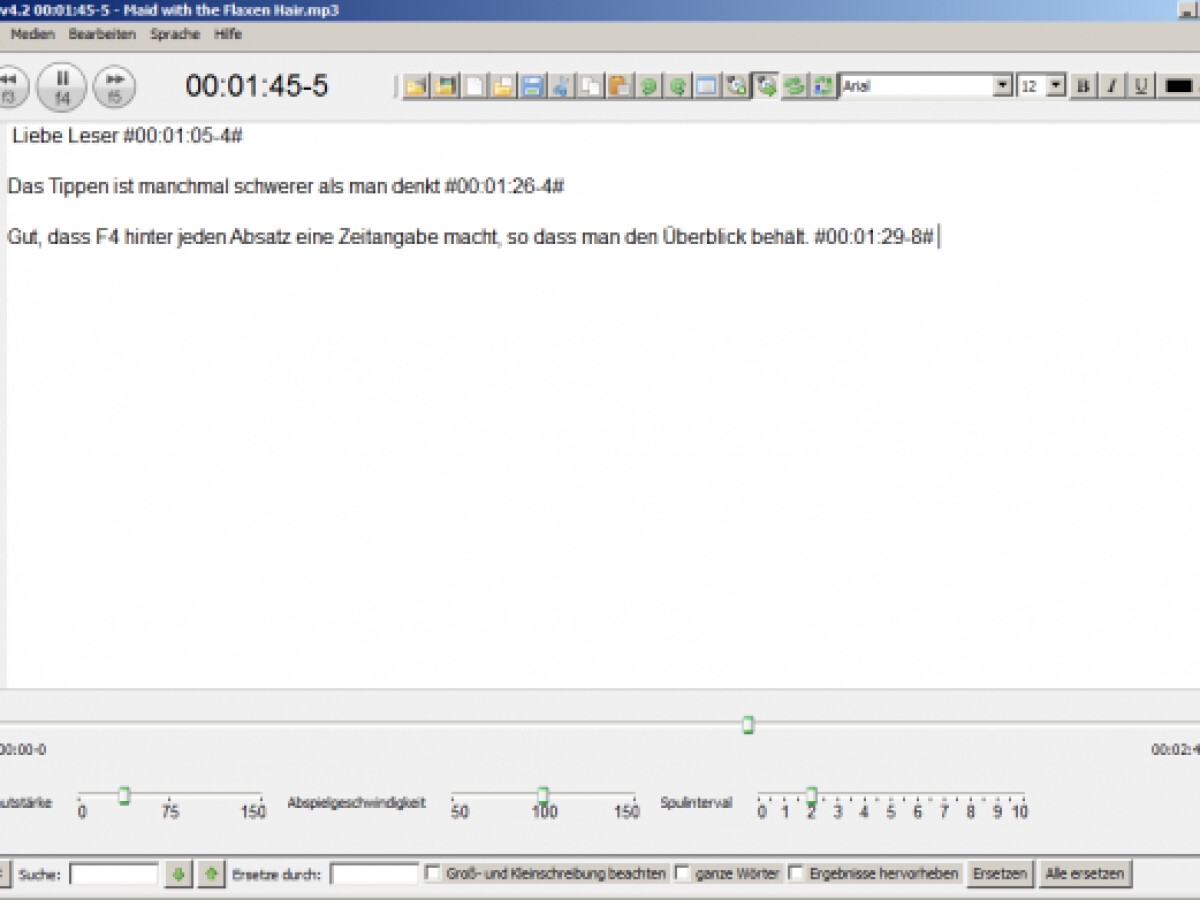
9–11 Those affected have to adjust to the situation of living with an LVAD. Fear of complications such as strokes and the dependence of one’s life are permanently present because of the extracorporeal components. 9 10 Nevertheless, an LVAD also entails functional limitations as well as psychological burden for the patients and their social environment. 3 4 7 Available studies highlight the potential of LVAD therapy for improving the patients’ quality of life and reducing severity of HF symptoms. 5 In the course of this development, psychosocial outcomes of LVAD therapy receive increasing attention in the scientific literature. Thus, they are able to provide support over extended periods of up to 14 years. The latter are more durable and have significantly fewer complications.

7 8 This technology has evolved significantly over the past two decades, with the most important milestone being the transition from pulsatile to continuous flow pumps. By now, LVADs are predominantly used for destination therapy (DT) over extended periods of time. 5 Initially, these devices were developed for short-term support in order to bridge critically ill patients to transplantation. LVADs are artificial blood pumps that can be implanted into the patient’s chest to normalise the circulation while it stays interconnected with extracorporeal controls and batteries by drivelines exiting at the abdomen. In 2016, the annual amount of 965 LVAD implantations tripled 291 heart transplantations in Germany. 6 As such, left ventricular assist devices (LVADs) have become established in the treatment of advanced HF. 4 5 Meanwhile, there are alternatives due to the rapid development of medical technologies in recent decades. However, this is not always possible, since the demand for donor hearts exceeds the availability and some patients are not eligible for heart transplantation. If these approaches do not succeed and drug treatment options have been exhausted, heart transplantation is considered to be the therapeutic gold standard for advanced HF. 3 Therapy of HF usually begins with modification of the patients’ lifestyle and pharmacotherapy in order to prevent a progression of the disease and to maintain the heart’s functioning. 2 It is associated with an increased mortality risk, substantial healthcare costs and major limitations in the patient’s quality of life. 1 It is estimated that 37.7 million people worldwide are affected by this health condition. This can help clinicians in considering individual aspects to promote patient outcomes and is the basis for further research on healthcare interventions or technical solutions to reduce burden and for developing rehabilitation measures to promote psychosocial outcomes.ĭue to changes in the global population’s age structure, the prevalence of heart failure (HF) is rapidly increasing. The findings will provide a deeper understanding of the complex and specific situation of patients with LVAD and of psychological adjustment to living with a life-sustaining implant. Based on the findings, the longitudinal interviews will be analysed with a deductive content analysis to explore psychological adjustment during the first year after implantation. The cross-sectional interviews will be analysed using an inductive qualitative content analysis to describe psychological burden, coping resources and behaviour from the patient’s perspective. A subsample of patients who live with the LVAD for up to 3 months when recruited will be interviewed two additional times in the following year. At least 18 patients with LVAD who have the device implanted from a few weeks to more than 3 years will be interviewed in the cross-sectional component using an interview guide.

An exploratory qualitative study with cross-sectional and longitudinal elements will be carried out.


 0 kommentar(er)
0 kommentar(er)
